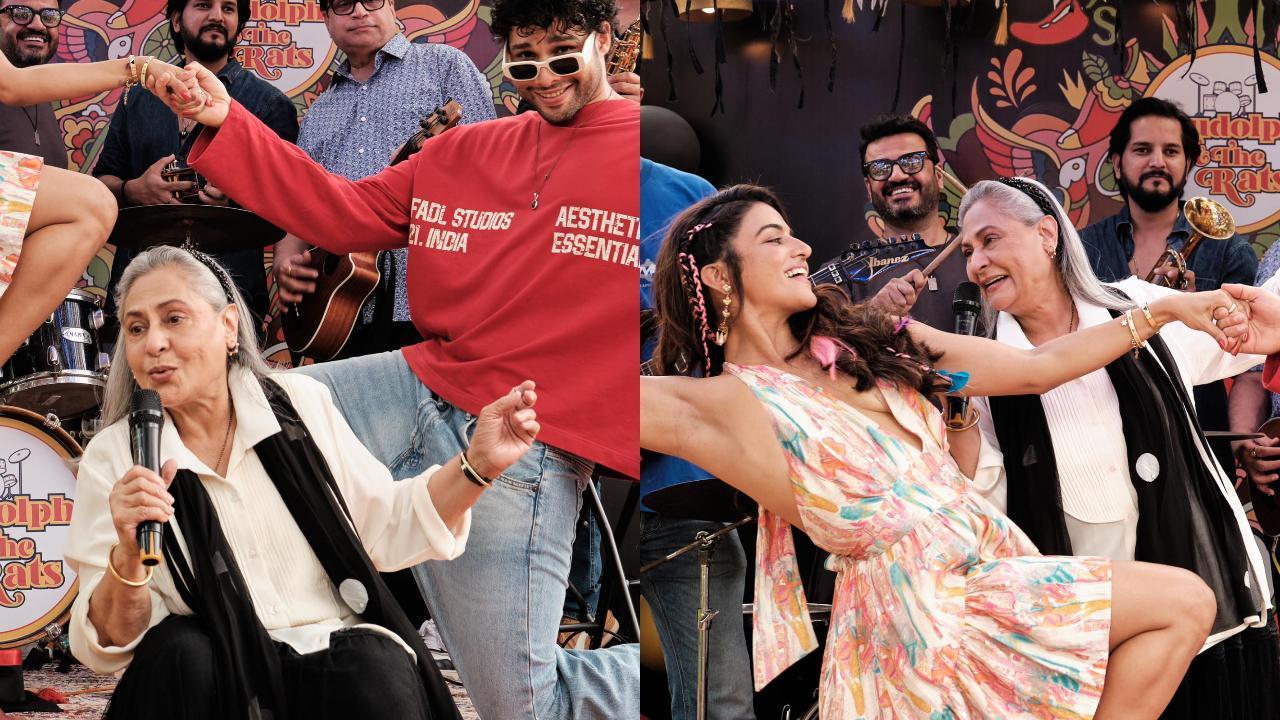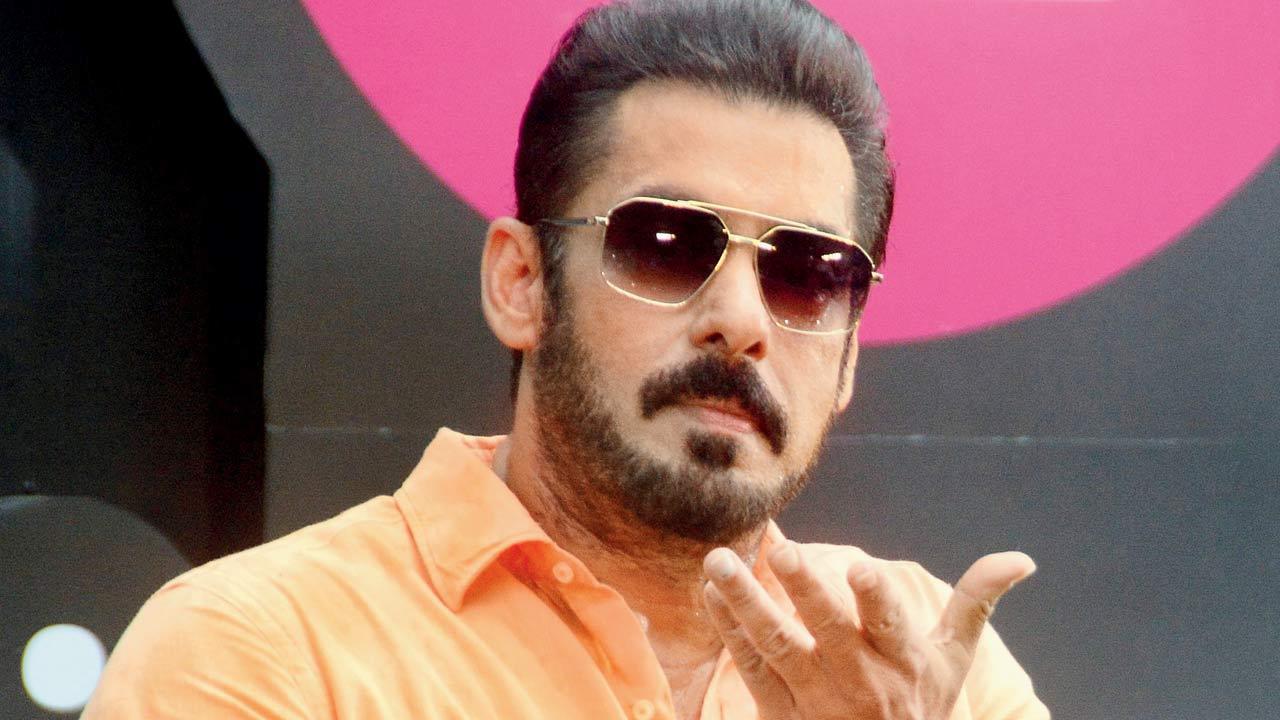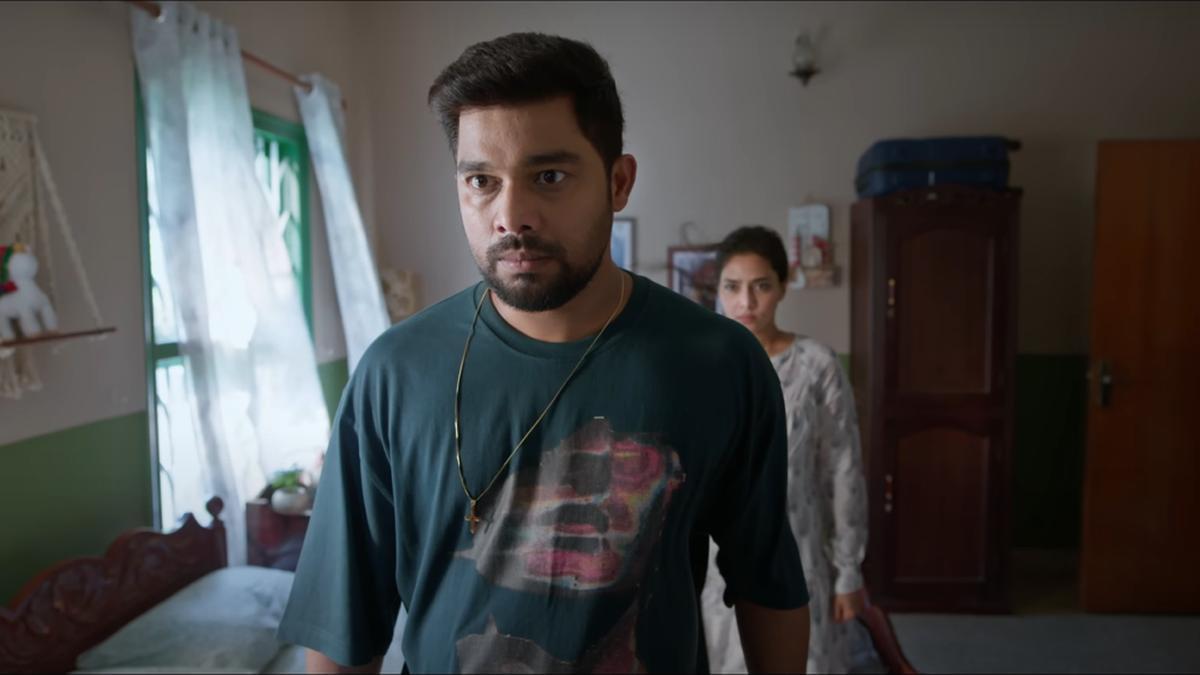
Actor Ram Yashvardhan, who has captivated audiences with his portrayal of Lord Shiva in the television series “Shiv-Shakti: Tap Tyaag Taandav,” recently opened up about the creative liberties taken by the creators of mythological series and films. With an increasing trend of dramatization and alterations in the on-screen adaptations of Indian mythology, viewers and critics alike have often questioned the extent to which creative freedom should be exercised.
Recent years have seen a surge in the dramatization of mythological events, leading to debates among audiences and critics about the authenticity and respect towards the source material. The film “Adipurush,” for instance, faced considerable backlash due to its excessive use of cinematic liberty. This scenario prompts us to consider the balance between creativity and authenticity in the retelling of our ancient epics.
In an engaging conversation with DNA India, Ram Yashvardhan voiced his thoughts on the responsibility that falls on the shoulders of creators when they take creative liberties in epic presentations. Yashvardhan remarked, “Today’s viewership demands drama and masala. If they do not get it, they are not interested in watching. If such audiences do not want to engage, then mythological series cannot find a place on our television screens. Thus, it works in favor of everyone involved. We are granted some creative rights, but with the caveat of staying within certain limitations and not altering the truth. We can change the perspective in which we showcase the events or even exaggerate certain incidents. There is creative liberty, but you cannot distort the truth.”
Ram Yashvardhan also shared his appreciation for the mythological shows currently airing on television, commending the efforts and creativity of their makers. He said, “Everyone making these shows is doing an excellent job. Each creator brings their own perspective.
. The image of Shiva I hold in my mind might differ from yours. In my vision, Shiva might have a beard, while in yours, he could be clean-shaven. To you, Shiva might appear like a bodybuilder, while to me, he might seem like a lean figure with long locks, resembling an aghori. Everyone has their own perspective.”
The actor’s remarks highlight the subjective nature of mythological storytelling, emphasizing that while creative interpretation is necessary, it should not come at the cost of altering fundamental truths. Such an approach respects both the narrative and the audience’s expectations, creating a balanced portrayal that engages viewers without veering too far from authenticity.
“Shiv-Shakti: Tap Tyaag Taandav,” currently airing on Colors, has been one of the many shows striving to walk this fine line. Yashvardhan’s portrayal of Lord Shiva has been well-received, blending dramatic storytelling with a respectful depiction of the deity. The show attempts to bring to life the various aspects of Lord Shiva’s character and mythology, offering both entertainment and spiritual insights to its viewers.
The conversation with DNA India sheds light on the broader challenges faced by filmmakers and show creators working within the mythological genre. It touches on the fine balance they must maintain between staying true to the source material and making the content engaging and relatable for modern audiences. These creators walk a tightrope, aiming to please both traditionalists who seek authenticity and younger viewers who crave vibrant, dramatic storytelling.
In essence, Ram Yashvardhan’s insights underscore a larger dialogue about how mythological stories should be told in today’s media landscape. His comments reflect a deep understanding of viewer dynamics and the evolving nature of entertainment. They also reinforce the idea that while creative liberties are inevitable and often necessary to make ancient stories appealing to contemporary audiences, they should not compromise the core truths of these timeless tales.
As “Shiv-Shakti: Tap Tyaag Taandav” continues to captivate its audience, Yashvardhan’s perspective offers food for thought for both viewers and creators, encouraging a more discerning and balanced approach to mythological storytelling.










